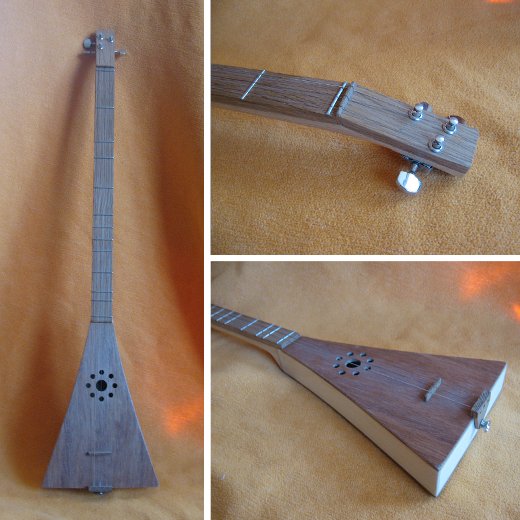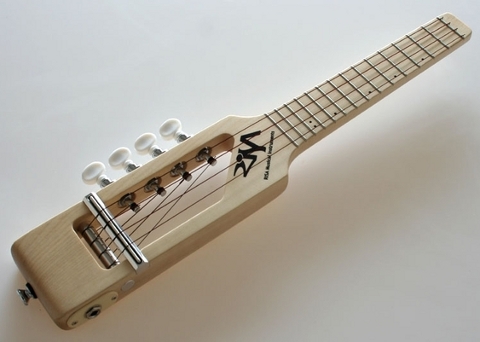Divine 9 revisited
I’ve received a few questions about the details of the mathematics in my Divine 9 post, and why the Divine 9 theory qualifies as pseudo-science. In this post I’ll skip the musical part of the Divine 9 tuning, and will focus on the arguments about the divinity of the number 9.
Let’s start with the pseudo-science part. The usual scientific principle is to start with the facts, and then trying to draw a conclusion. Scientists try to find counter-examples to disprove their own theory. Pseudo-science just starts with a conclusion and tries to find facts supporting this conclusion, ignoring facts that don’t fit with the result. Now let me try to explain why the Divine 9 theory qualifies as pseudo-science.
If you take a look at the Divine 9 music site, you’ll read about the importance of the number 9 and how it should show up everywhere in nature. In fact, this connection with nature is based on spirals, the Fibonacci sequence, and the golden ratio. So far, so good. Both the Fibonacci sequence and the related golden ratio (I’ll get into the details), really do show up in nature. Interesting, but not that spectacular, since both nature and the Fibonacci sequence follow simple rules. Where it goes wrong is where the number 9 is lifted to a divine status. On the Divine 9 site, Gert Kramer gives examples of how the number 9 keeps showing up. Musical examples are John Lennon’s ‘Revolution 9’ and the fact that Beethoven wrote 9 symphonies. Conveniently, wikipedia maintains a list of song titles with a number in the title. Counting titles I don’t see a preference for 9. And though pi shows up, the golden ratio is missing. Wikipedia also features a list of symphony composers. Again, there are many composers who didn’t write exactly 9 symphonies.




